Introduction
Da Hui Cai, often translated as “Big Stew” or “Assorted Stew,” is a beloved comfort dish in Chinese cuisine. Rooted in northern Chinese culinary traditions, this hearty one-pot meal combines a medley of vegetables, proteins, and aromatics in a rich, savory broth. Unlike delicate soups or stir-fries, Da Hui Cai embraces simplicity and versatility—it’s a canvas for using up leftover ingredients while delivering layers of flavor. Whether you’re a novice cook or a seasoned home chef, mastering this dish offers a rewarding journey into the heart of Chinese home cooking. This guide will walk you through every step, from selecting ingredients to perfecting the broth’s depth, ensuring your Da Hui Cai becomes a family favorite.
The Essence of Da Hui Cai
At its core, Da Hui Cai is a celebration of umami-rich ingredients slow-cooked to harmonize their flavors. The dish’s charm lies in its adaptability: swap proteins, adjust vegetable ratios, or tweak spices to suit your taste. Traditional versions often feature pork belly, cabbage, tofu, and potatoes, but modern interpretations might include mushrooms, carrots, or even noodles. The key is balance—sweet, salty, and earthy notes must meld seamlessly without overpowering one another.
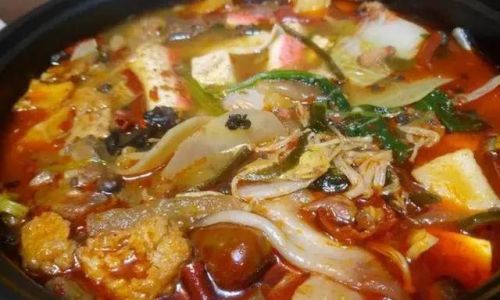
Ingredients: Building Your Flavor Foundation
To serve 4–6 people, gather the following:
-
Proteins (Choose 1–2):
- 12 oz (340g) pork belly or bacon, cubed
- 8 oz (225g) ground pork or beef
- 6–8 meatballs (homemade or store-bought)
-
Vegetables (Mix and Match):
- 1 medium head Napa cabbage, roughly chopped
- 2 medium potatoes, peeled and cubed
- 1 large carrot, sliced diagonally
- 8 oz (225g) green beans, trimmed
- 1 cup frozen peas
- 1 block firm tofu, cubed (optional)
-
Aromatics and Seasonings:
- 3 tbsp vegetable oil
- 4 garlic cloves, minced
- 1 tbsp fresh ginger, grated
- 2 scallions, chopped (whites and greens separated)
- 4 cups chicken or vegetable broth
- 3 tbsp soy sauce (light or dark)
- 1 tbsp oyster sauce
- 1 tsp sugar
- 1 tsp Chinese five-spice powder (optional)
- Salt and white pepper to taste
-
Thickener (Optional):
2 tbsp cornstarch mixed with 2 tbsp water
Preparation: The Key to Even Cooking
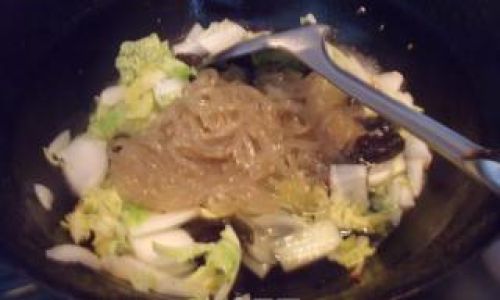
-
Protein Prep:
- If using pork belly, blanch it in boiling water for 3 minutes to remove excess fat. Drain and pat dry.
- For ground meat, mix with 1 tsp soy sauce and 1 tsp cornstarch for tenderness.
-
Vegetable Prep:
- Cut vegetables into uniform pieces to ensure even cooking. For example, potatoes and carrots should be 1-inch cubes, while cabbage leaves can be larger.
- Soak tofu in salted water for 10 minutes to remove bitterness (if using).
-
Aromatics:
Mince garlic and ginger finely. Separate scallion whites (for sautéing) and greens (for garnish).
Cooking Process: Layering Flavors
Step 1: Sear the Proteins
Heat 1 tbsp oil in a large Dutch oven or heavy-bottomed pot over medium-high heat. Add pork belly cubes and sear until golden (5–7 minutes). This step renders fat and adds richness to the broth. Remove and set aside.
Step 2: Sauté Aromatics
In the same pot, add remaining oil. Sauté garlic, ginger, and scallion whites until fragrant (1–2 minutes). Avoid browning the garlic, as it can turn bitter.

Step 3: Build the Broth Base
Return seared pork to the pot. Pour in broth, soy sauce, oyster sauce, sugar, and five-spice powder (if using). Stir to combine. Bring to a simmer, then reduce heat to low. Cover and cook for 20 minutes to meld flavors.
Step 4: Add Hearty Vegetables
Introduce potatoes and carrots first, as they require longer cooking. Simmer uncovered for 10 minutes.
Step 5: Incorporate Delicate Ingredients
Add cabbage, green beans, and tofu. Gently stir without breaking the vegetables. Simmer for another 10–15 minutes until cabbage wilts and potatoes are tender.
Step 6: Thicken the Broth (Optional)
For a thicker consistency, stir in the cornstarch slurry while the stew simmers. Continue cooking for 2–3 minutes until the broth thickens slightly.
Step 7: Final Seasoning
Taste and adjust with salt, pepper, or an extra splash of soy sauce. Fold in frozen peas during the last 2 minutes to retain their vibrant color.
Serving Suggestions
Da Hui Cai shines when paired with steamed rice, noodles, or crusty bread to soak up the broth. Garnish with scallion greens, sesame oil, or a sprinkle of chili flakes for heat. For a complete meal, serve alongside pickled vegetables or a simple cucumber salad.
Expert Tips for Perfect Da Hui Cai
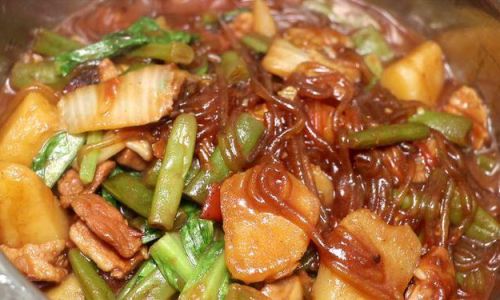
- Fat Control: If using pork belly, blanching reduces greasiness. For a lighter version, use leaner proteins like chicken or tofu.
- Broth Depth: A combination of chicken broth and dried shiitake mushrooms (soaked and sliced) adds earthy complexity.
- Timing is Key: Overcooking vegetables leads to mushiness. Add ingredients in order of cooking time—root vegetables first, leafy greens last.
- Freezer-Friendly: Da Hui Cai improves in flavor after a day. Freeze portions in airtight containers for up to 3 months.
Variations to Explore
- Spicy Sichuan Twist: Add doubanjiang (chili bean paste) and Sichuan peppercorns during aromatics sautéing.
- Vegetarian Delight: Use vegetable broth, mushrooms, and extra tofu. Enhance umami with a splash of mushroom-flavored soy sauce.
- Seafood Surprise: Substitute pork with shrimp or fish balls. Add shelled clams during the final 5 minutes.
Nutritional Highlights
Da Hui Cai offers a balanced mix of macronutrients. Pork belly provides healthy fats, while cabbage and carrots contribute fiber and vitamins. Tofu adds plant-based protein, making this stew a satisfying wholesome meal.
Conclusion
Da Hui Cai is more than a dish—it’s a testament to the joy of shared meals and resourceful cooking. By mastering its layers of flavor and adaptability, you’ll create a stew that warms both body and soul. Whether you follow the recipe precisely or experiment with local ingredients, the result will be a comforting embrace in a bowl. So gather your loved ones, ladle out the stew, and savor the timeless pleasure of homemade Da Hui Cai.
Final Note: Don’t fret over perfection. The beauty of this dish lies in its rustic charm. Adjust seasonings to your liking, and remember: every pot of Da Hui Cai tells a story. What will yours say?
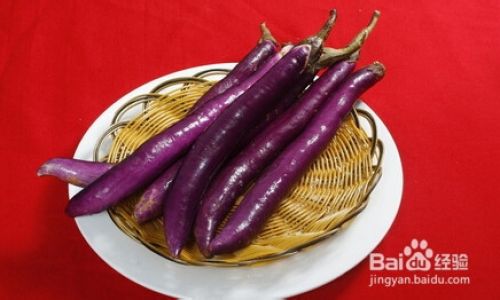
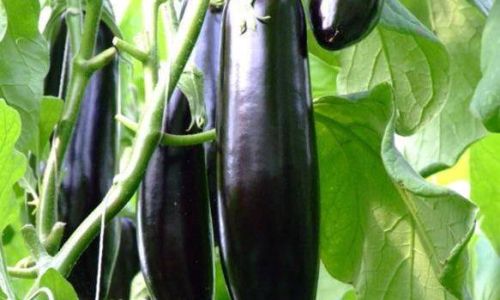
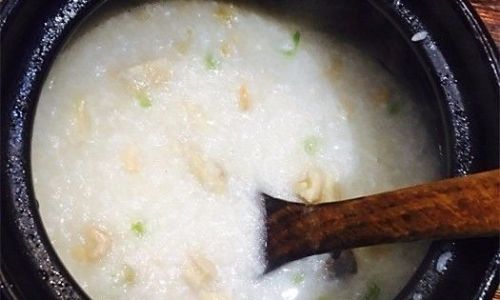
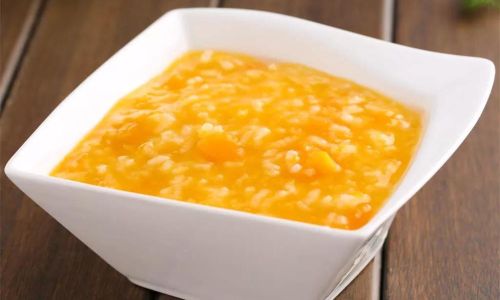
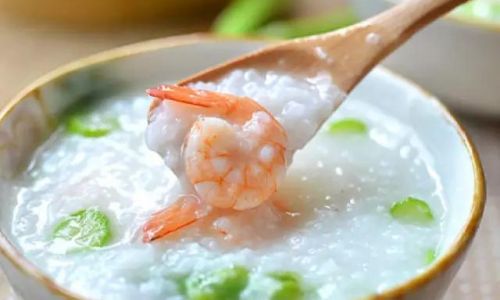
0 comments